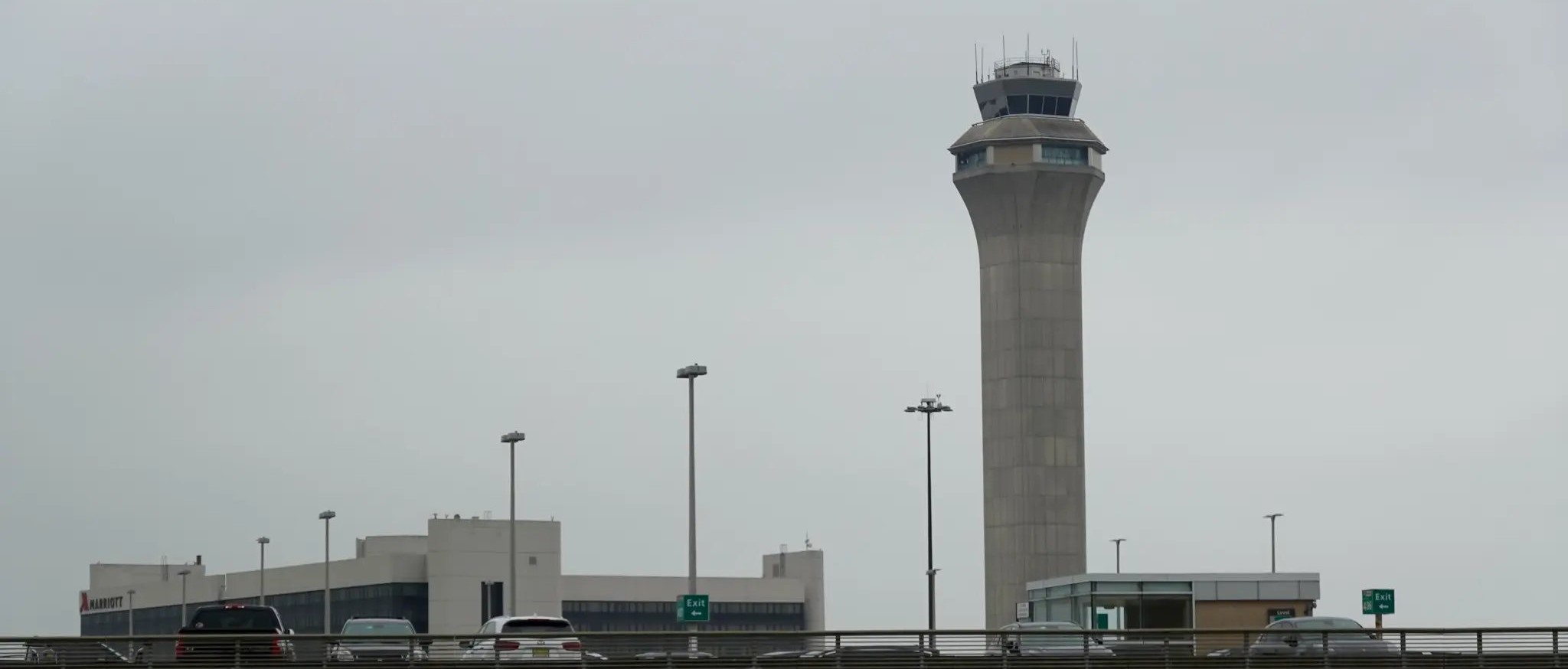


The Federal Aviation Administration (FAA) is scaling back flights at Newark Liberty International Airport, imposing new limits to reduce the ripple effect of delays across the country's air traffic network.
Effective immediately, the move comes in response to mounting travel disruptions tied to construction, air traffic controller staffing shortages, and recent equipment failures in the region.
On May 19, the Federal Aviation Administration (FAA) confirmed a brief radio outage at the Philadelphia facility that manages Newark traffic. Though officials claimed all aircraft “remained safely separated,” the trend continued to mark the incident as fourth such outage since April 28.
On April 28, the radar and communications went down for the Philadelphia Terminal Radar Approach Control facility (TRACON) for about 90 seconds. The confusion in the airspace prompted hundreds of delayed, diverted and canceled flights.
In addition, several air traffic controllers took “trauma leave” after the first incident, citing the immense stress of being helpless with hundreds of lives on the line.
As per the latest announcement, starting May 20, the Federal Aviation Administration will cap hourly flight operations at Newark to 28 arrivals and 28 departures while Runway 4L/22R undergoes construction.
That work is scheduled to pause daily after June 15 but will continue on Saturdays through the end of the year. During non-construction periods, the limit will increase slightly to 34 arrivals and departures per hour through October 25.
"Our goal is to relieve the substantial inconvenience to the traveling public from excessive flight delays," said Acting FAA Administrator Chris Rocheleau. "These delays magnify as they spread through the National Airspace System."
The FAA met with airlines last week to outline the plan. The agency emphasized that the caps may be adjusted depending on capacity and delay trends, upward or downward. In tandem with the flight cuts, the FAA is rolling out several infrastructure upgrades.
How the FAA is Taking Action:
Key changes include installing new fiber-optic telecommunications lines to replace outdated copper systems, increasing redundancy between New York and Philadelphia control centers, and creating a dedicated STARS hub in Philadelphia to improve regional coordination.
Controller staffing is also ramping up. Philadelphia's Area C, which oversees Newark airspace, currently has 22 fully certified controllers and 21 more in training, 10 of whom are already certified on one or more control positions.
The crisis in aviation safety extends globally. In Finland, five people died on May 17 when two helicopters collided in mid-air near Eura Airport in the southwestern part of the country.
These incidents come amid growing concerns about air traffic congestion worldwide. According to a January report from the National Transportation Safety Board (NTSB), there were more than 15,000 close calls between commercial airplanes and helicopters from October 2021 to December 2024.
At the same time, there is an extreme shortage of qualified air traffic controllers. At Newark, which is supposed to have 38 controllers, there are only 24 currently hired. Across the US, there are just 3,500 air traffic controllers.
These shortages of controllers are only exacerbated by the ongoing efforts by the Trump administration and the implementation of Department of Government Efficiency (DOGE), which began firing hundreds of FAA safety workers on February 17.
